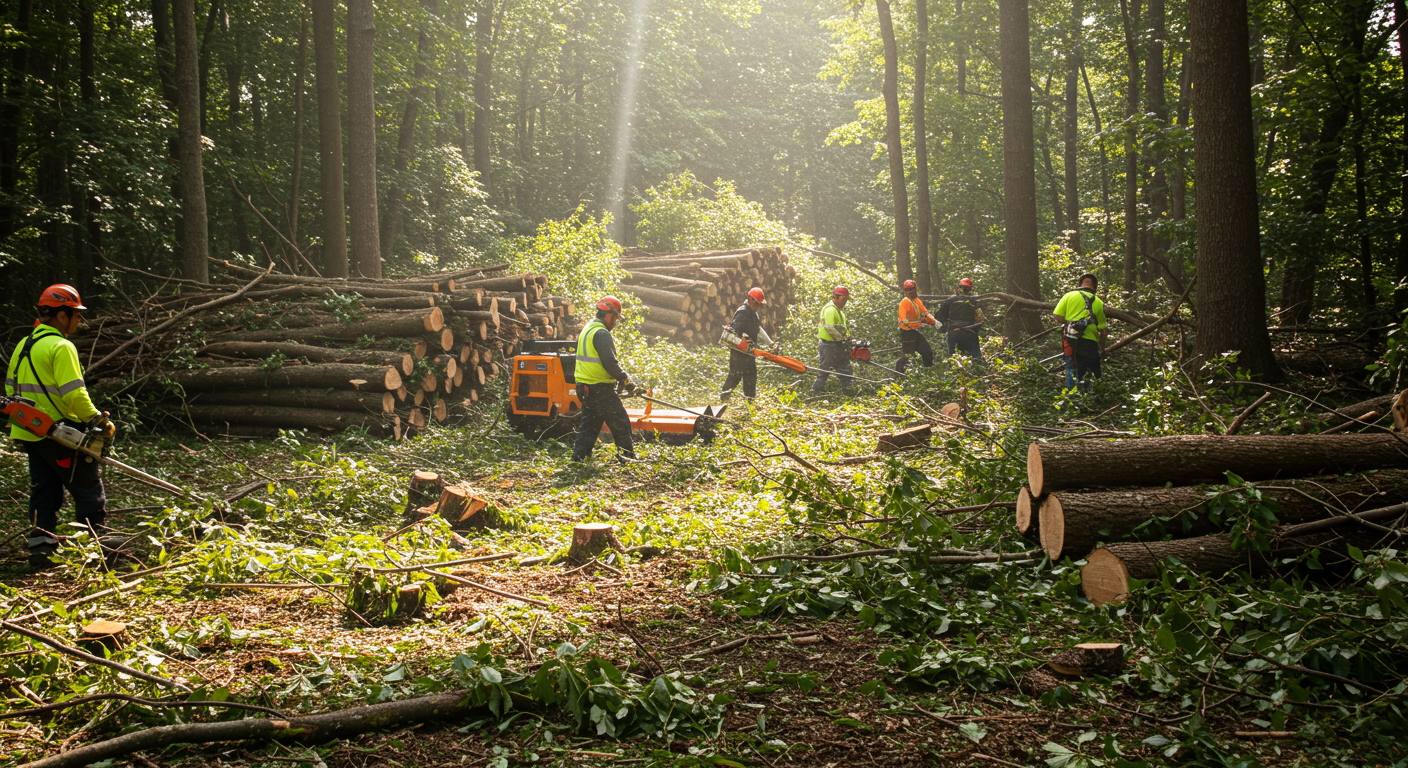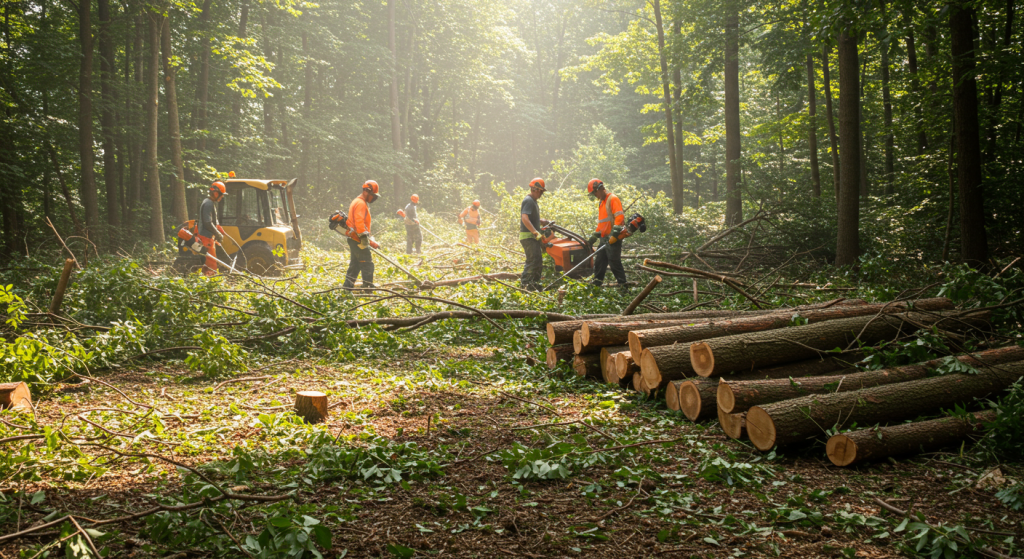
Brush clearing plays a pivotal role in effective land management, directly influencing agricultural productivity, habitat health, and land accessibility. As invasive shrubs and trees encroach on open spaces, they compete with native vegetation and reduce the land’s utility. Choosing the right brush clearing method is not only a matter of efficiency—it also shapes the long-term ecological and economic value of the land. This article explores the most common clearing techniques, their advantages and limitations, and how each approach impacts both the landscape and its future use.
Why Brush Clearing Matters
Before plunging into the methods used for brush clearing, it’s important to understand why it’s a necessary strategy. Overgrown areas not only create challenges in terms of land accessibility but also hinder habitat health and livestock productivity. The right clearing methods can lead to:
- Increased Agricultural Yield: Clearing brush makes room for productive crops and livestock.
- Enhanced Wildlife Habitats: Controlled clearing can improve conditions for certain wildlife species.
- Improved Land Value: An uncluttered landscape is often more appealing to buyers and leases.
Methods of Brush Clearing
Mechanical Clearing
One of the most commonly employed methods is mechanical clearing. This approach utilizes machinery such as:
- Bulldozers
- Excavators
- Chainsaws
- Brush mowers
The significant advantage of mechanical clearing is its efficiency—capable of handling extensive areas in a fraction of the time compared to manual methods. However, it can lead to soil compaction and erosion, necessitating careful planning to mitigate these risks. Here are a few things to keep in mind:
- Timing and soil moisture are critical to the effectiveness of uprooting roots.
- A balance should be maintained to avoid damage to nearby healthy ecosystems.
Manual Clearing
For more sensitive or smaller areas, manual clearing is sometimes the preferred technique. Utilizing a combination of hand tools like axes and machetes allows for nuanced control over the clearing process.
The major benefits of manual clearing include its precision and minimal environmental disturbance. Yet, its labor-intensive nature means it may not always be practical for large areas, as it can be time-consuming and require skilled labor.
Chemical Clearing
Chemical clearing involves the strategic application of herbicides to manage unwanted vegetation. This method is particularly effective against invasive species that thrive in the absence of competition. Here are some points to consider:
- Targeted Treatment: Use of selective herbicides can effectively control specific plants without risking damage to desired species.
- Sustainability Concerns: Improper use can lead to chemical runoff and harm non-target plants and wildlife.
Furthermore, following proper safety protocols is essential to maintain environmental integrity and comply with regulations.
When to Choose Each Method
Determining the appropriate brush clearing method involves an assessment of several factors:
- Landscape Goals: Are you seeking to reduce brush or enhance certain species of trees? Clarity on your objectives will guide your choice of method.
- Economic Viability: Different methods come with varying costs. It is crucial to evaluate your budget against the expected returns.
- Available Equipment: Consider what machinery you may have access to or can rent before opting for large-scale mechanical clearing.
- Timing: Certain methods are better suited for specific times of the year. For example, prescribed fire can be successful in late growing seasons.
Post-Clearing Considerations
Brush management doesn’t end once the vegetation is cleared. Post-clearing management is essential to maintain land health and prevent regrowth. Key aspects include:
- Erosion Control: Implement strategies like silt fences and sediment basins to stabilize soil.
- Replanting: Reintroducing native species can restore ecological balance and enhance biodiversity.
- Ongoing Monitoring: Regular inspections will help you adapt management practices as necessary.
Brush clearing is a vital aspect of effective land management that can lead to increased agricultural productivity, enhanced habitats, and improved land utilization. Selecting the right method and adhering to sustainable practices will ensure the longevity and ecological balance of your land.
For expert advice and solutions tailored to your land management needs, consider reaching out to Woodhaven Excavating and Lot Clearing.

